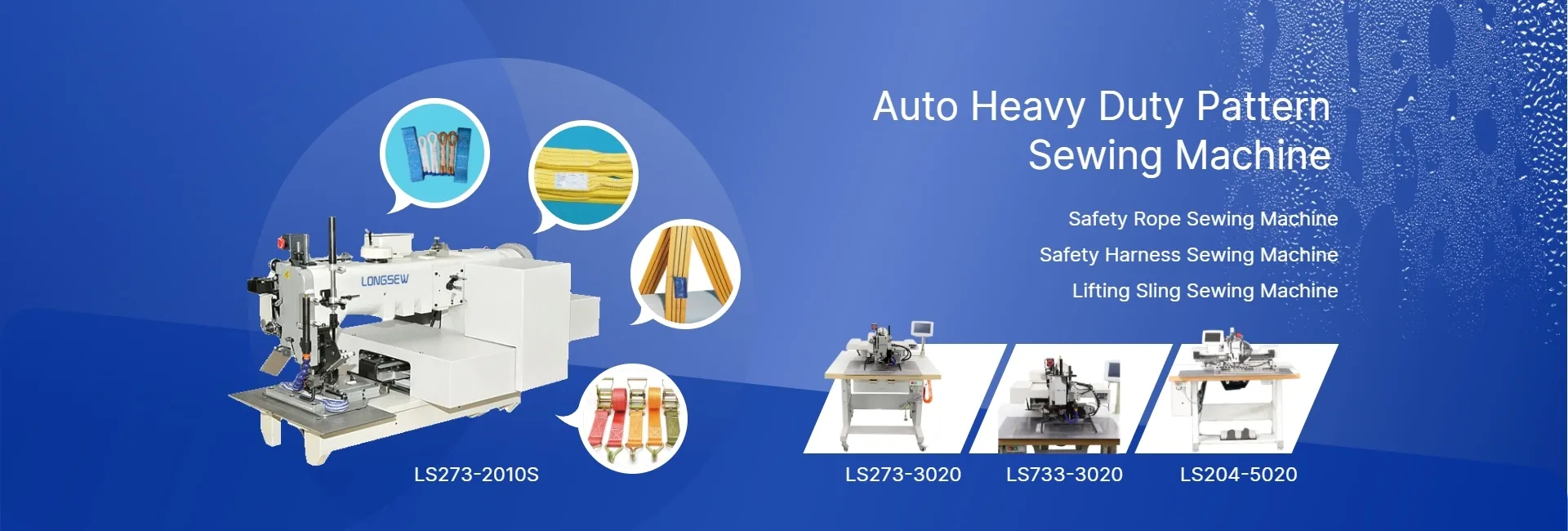seaming machine
The Revolutionary Role of Seaming Machines in Modern Textiles
In the ever-evolving world of textile manufacturing, seaming machines stand out as one of the most crucial innovations that have transformed the industry. These sophisticated machines play an essential role in the production process, ensuring that fabrics are joined seamlessly and efficiently to create a myriad of products, from clothing to upholstery. This article explores the significance of seaming machines, their types, advancements, and implications for the future of textile manufacturing.
The Importance of Seaming Machines
Seaming machines are designed to join two or more pieces of fabric together, a fundamental step in garment production. The quality and durability of seams can significantly influence the overall quality of the final product. This is where seaming machines come into play, enabling manufacturers to produce high-quality seams that meet both aesthetic and functional requirements.
The textile industry is characterized by rapid changes in fashion trends, demanding quick turnarounds in production without compromising quality. Seaming machines are instrumental in meeting these demands, as they enhance productivity and reduce labor costs. With automation taking over many of the manual processes, manufacturers can allocate their workforce to more complex tasks, ultimately optimizing operational efficiency.
Types of Seaming Machines
Seaming machines come in a variety of types, each designed for specific purposes. The most common types include
1. Lockstitch Machines Widely used in garment manufacturing, these machines create a strong seam by locking two threads together. They are versatile and suitable for various fabrics, making them a staple in the industry.
2. Overlock Machines These machines are primarily used for finishing edges and preventing fabric fraying. They create a serged seam that is both strong and stretchable, ideal for knit fabrics and sportswear.
3. Flatlock Machines Perfect for creating flat seams, these machines are commonly used in activewear and lingerie, where comfort against the skin is crucial.
seaming machine

4. Buttonhole and Bar Tack Machines Specialized for creating buttonholes and securing thread ends, these machines enhance the functionality of garments.
Each type of seaming machine serves a unique purpose, catering to the diverse needs of the textile market
. The development of specialized machines has led to innovations that allow manufacturers to produce garments with intricate designs and high durability.Advancements in Seaming Technology
The advent of technology has revolutionized the seaming industry. Modern seaming machines are equipped with advanced features such as automatic threading, programmable stitch patterns, and sensors that detect fabric types. These innovations minimize human error and enhance the precision of seams.
Additionally, the integration of computer technology has led to the rise of Industry 4.0 in textile manufacturing. Smart seaming machines can communicate with other devices on the production floor, allowing for real-time monitoring and data analysis. This connectivity optimizes production runs, reduces waste, and improves overall efficiency.
Furthermore, there is a growing emphasis on sustainability within the textile industry. Advanced seaming machines can be designed to work with recycled materials, promoting eco-friendly practices. Manufacturers are increasingly seeking machines that not only meet production demands but also align with sustainable goals.
The Future of Seaming Machines
As the textile industry continues to evolve, so too will the technology behind seaming machines. The future will likely see increased automation and the use of artificial intelligence to further enhance precision and efficiency. Robotics may play a significant role in the production process, enabling fully automated sewing lines that can operate around the clock.
Moreover, the desire for customization and personalization in the fashion industry will necessitate the development of more versatile seaming machines that can handle a wider range of fabrics and styles. This adaptability will allow manufacturers to stay competitive in a market that values unique and individualistic designs.
In conclusion, seaming machines are at the heart of textile manufacturing, driving efficiency, quality, and innovation. As technology advances and the industry adapts to new challenges, seaming machines will continue to play a vital role in shaping the future of fashion and textiles. With the right tools at their disposal, manufacturers will be able to respond to market demands swiftly and sustainably, ensuring that they thrive in an increasingly competitive landscape.
-
Industrial Cylinder Arm Sewing Machine: Revolutionizing Heavy-Duty SewingNewsJul.28,2025
-
Cylinder Arm Sewing Machine: Perfect for Special Sewing ApplicationsNewsJul.28,2025
-
Cylinder Bed Sewing Machine: Essential for Sewing Complex MaterialsNewsJul.28,2025
-
Heavy Duty Sewing Machine: The Essential Tool for Industrial ApplicationsNewsJul.28,2025
-
Computerized Pattern Sewing Machine: Revolutionizing Precision StitchingNewsJul.28,2025
-
Heavy Duty Industrial Sewing Machine: Power Meets PrecisionNewsJul.28,2025
-
Leather Sewing Machine: The Industrial Standard for Tough MaterialsNewsJul.18,2025





























